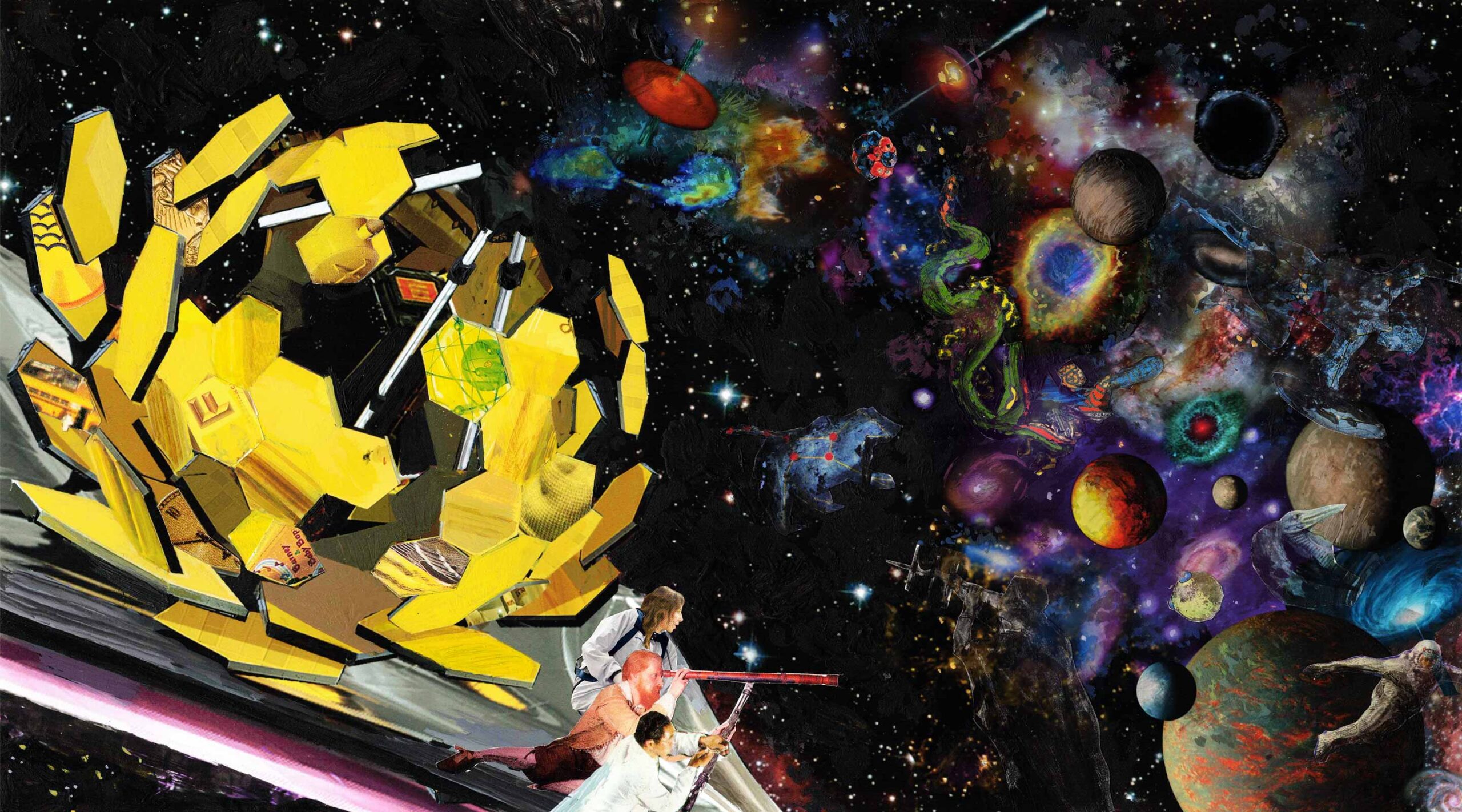NASA’s James Webb Space Telescope, according to researchers, has spotted a galaxy that was born around 235 million years after the Big Bang.
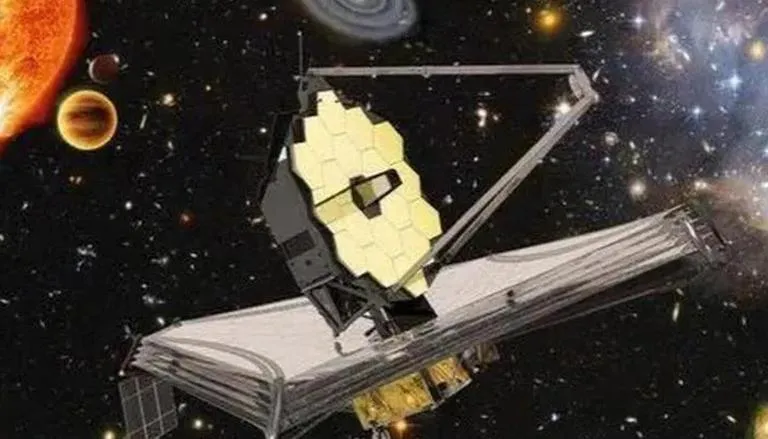
A team of astronomers studying the James Webb Space Telescope’s data claims to have found the oldest known galaxy to date. This announcement comes just a little over a week after a galaxy named GLASS-z13 was found lurking in the background in one of the deepest images of the universe released by NASA last month.
As for the recent discovery, it involves a galaxy named CEERS-93316, which is believed to have been born just 235 million years after the big bang. The big bang is the cosmic explosion that, according to existing theories, occurred around 13.8 billion years ago and formed the universe as we know it today. On the other hand, the galaxy GLASS-z13 is estimated to have emerged around 300-400 million years ago, however, its exact age is yet to be confirmed.
Did the Webb telescope really break its own record?
It is worth noting that the findings, which have been published in the preprint database arXiv, are yet to be peer-reviewed, meaning the newly found galaxy’s age is yet to be confirmed. However, the researchers say that the light emerging from this galaxy has a record-breaking redshift of 16.7, meaning it has been stretched nearly 18 times due to the event called redshift, Live Science reported.
A light is stretched when travelling vast distances due to a phenomenon called redshift. In this phenomenon, a light wave is stretched from the visible light of the spectrum to infrared, which becomes invisible but can be felt as heat. That is where the Webb telescope proves helpful.
The telescope has been designed to be extremely sensitive to infrared light since it travelled through vast distances and contains information about its source of origin and does not get blocked by thick cosmic dust. The said information will be extracted using Webb’s spectrographs fitted in each of the telescope’s four instruments– Near-Infrared Camera (NIRCam), Near-Infrared Spectrograph (NIRSpec), Mid-Infrared Instrument (MIRI) and Fine Guidance Sensor/Near InfraRed Imager and Slitless Spectrograph (FGS/NIRISS)
Recent Posts
- Astronomers detect first direct image of black hole expelling a powerful jet
- WhatsApp rolling out ‘reply with message’ feature within call notifications
- Multi-Device Pairing May Be Arriving for Apple Watch this Year
- Artificial Intelligence Discovers Hidden Giant, a Planet 5 Times Larger Than Jupiter
- Google CEO Sundar Pichai Talks Bard & The Future Of Search
Recent Comments
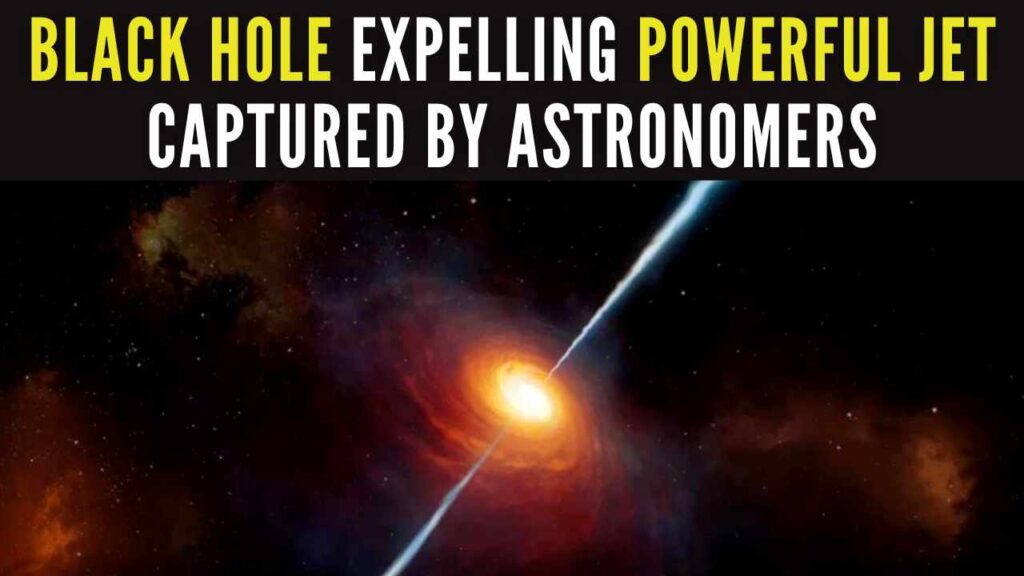
Astronomers detect first direct image of black hole expelling a powerful jet
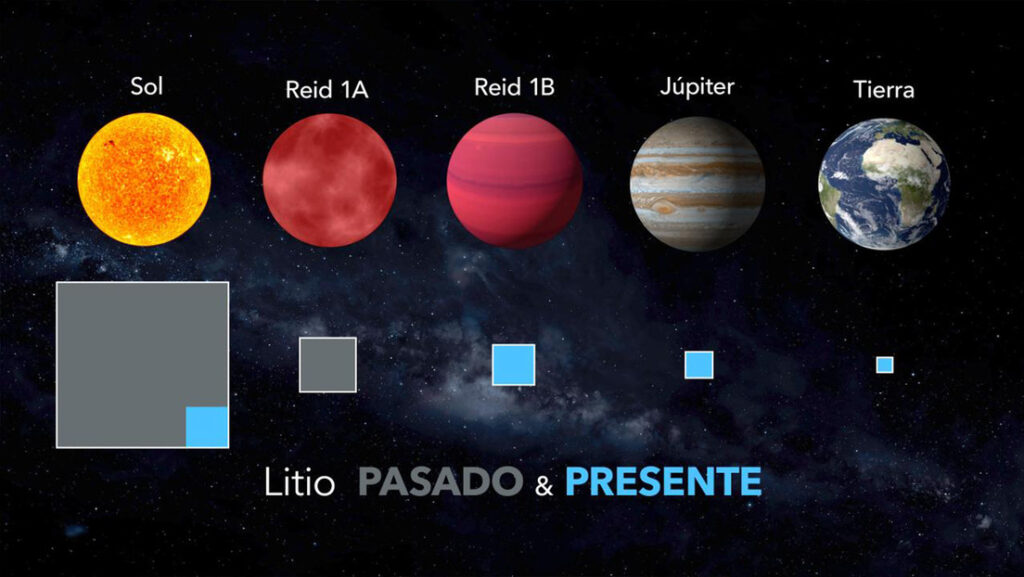
Artificial Intelligence Discovers Hidden Giant, a Planet 5 Times Larger Than Jupiter

Scientists explain melting of Antarctic ice sheet dating back 9,000 years
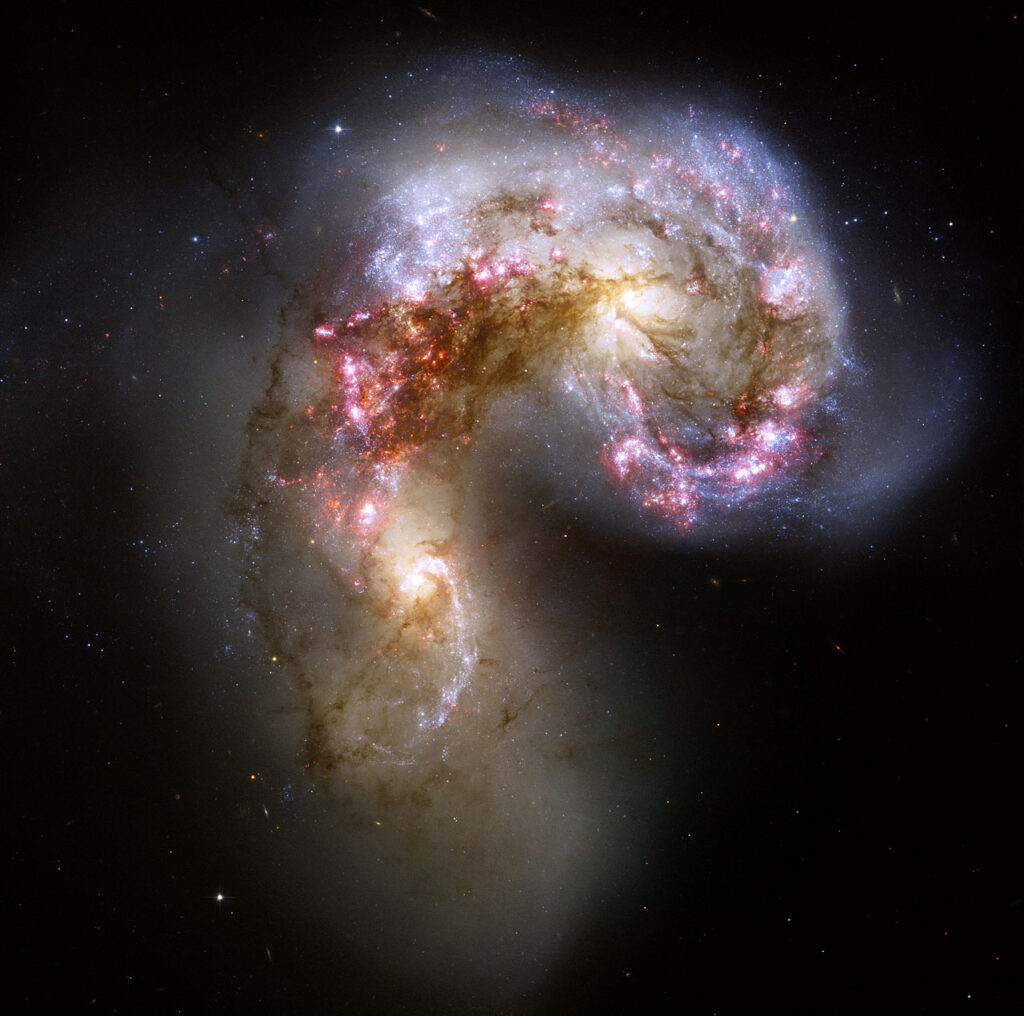
An Unexpected Discovery: Hubble, ESA's Gaia Spot Double Quasar That Existed Over 10 Billion Years Ago

Astronomers detect first direct image of black hole expelling a powerful jet

WhatsApp rolling out ‘reply with message’ feature within call notifications

Multi-Device Pairing May Be Arriving for Apple Watch this Year


